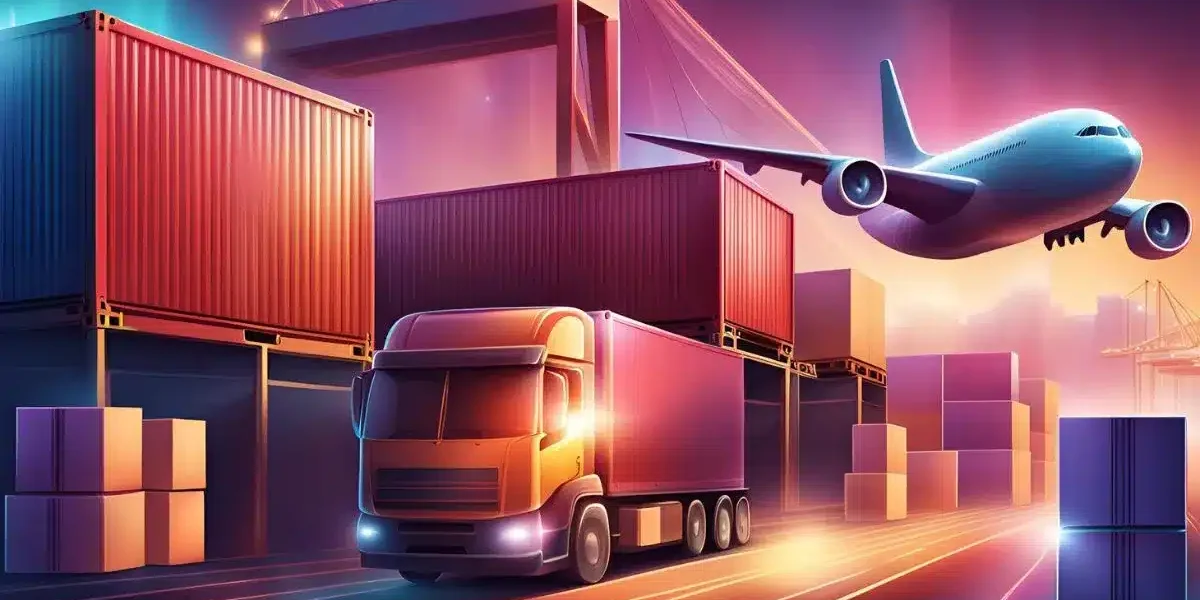Supply chains are very important in guaranteeing the consistent flow of products and services in the linked world of today. Natural catastrophes, geopolitics, pandemics, or cyberattacks may all throw off these networks, though, and cause delays, shortages, and financial losses. This is why supply chain resilience —that which enables one to adjust to and bounce back from unanticipated difficulties—has grown in relevance. To reduce risks and maintain corporate operations, companies have to concentrate on creating strong and flexible supply networks.
Understanding Supply Chain Resilience
Resilience in supply chains is the capacity of a company to tolerate, adjust to, and recover from disturbances while keeping ongoing flow and activities. This calls not just quick response capacity but also proactive steps to foresee such hazards. Resilience building calls for evaluating weaknesses in every supply chain link—from suppliers and transportation logistics to warehousing and consumer demand. Businesses that include resilience in their supply chain approach will be more able to manage interruptions and reduce the effect on their performance.
Identifying Key Risks

Strong supply networks start with an awareness of possible hazards. These can vary from natural catastrophes such as earthquakes, floods, and hurricanes, which can compromise infrastructure and cause delays in delivery, to geopolitical concerns including trade disputes and sanctions, thereby upsetting world supply chains. The COVID-19 epidemic underlined the need to become ready for systematic hazards as it showed how worldwide health problems may cause whole sectors to stop. As malevolent actors might target supply chain systems, resulting in delays, data breaches, and reputation harm, cyberattacks also represent a rising concern.
Strategies for Enhancing Resilience
Organizations that want to be ready for unanticipated difficulties have to use a range of agility- and flexibility-promoting policies. One of the best strategies to reduce risk is diversifying sources, as depending just on one source could cause major disturbances. Companies may also make investments in technology solutions such as artificial intelligence and real-time data analytics, which give better insight into supply chain operations and support faster decision-making in reaction to events.
Moreover, developing close ties with suppliers promotes cooperation and confidence, which helps businesses to react more effectively during crises. Contingency planning incorporating backup manufacturing facilities or other means of transportation can also guarantee continuity and help to minimize downtime.
For companies functioning in the erratic corporate climate of today, supply chain resilience is not just a luxury but also a need. Companies may design strong and flexible supply chains equipped to meet unanticipated difficulties by spotting hazards, diversifying suppliers, investing in technology, and developing contingency plans.









